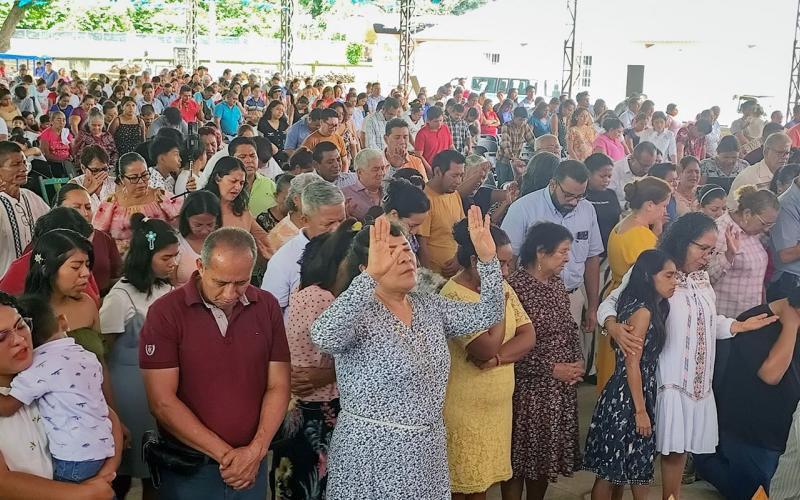
Mission briefing: Infinitely reproducible

It’s been 45 years since I sat in missions classes under Paul Orjala. Notwithstanding all the time that has gone by, one Orjala phrase – “infinitely reproducible” – still rings in my ears.
Orjala, pioneer Nazarene missionary to Haiti, urged future missionaries to use infinitely reproducible as one criterion for assessing patterns of evangelism and church planting. Orjala wasn’t promoting a specific method or plan or program. Rather, he was promoting the use of church planting models and ministry structures that could be replicated or duplicated over and over again. Paul Orjala was passionate about fulfilling the Great Commission. He believed that infinitely reproducible methodologies were vital to reaching that goal.
What would infinitely reproducible evangelism and church-planting look like? Well, it would rely on local resources and local leadership. It would not be complex, and its features would be flexible. Flexibility would include the ability to vary in size and scale.
In terms of global missionary strategy, infinitely reproducible meshes well with the “three selfs” – self-supporting, self-governing and self-propagating – promulgated by 19th Century missionary Henry Venn. The infinitely reproducible stamp of approval could be given to the “each one win one / each one disciple one / each pastor train a pastor / each church plant a church” strategies popularized across Latin America (and elsewhere).
What Paul Orjala taught at Nazarene Theological Seminary was later echoed by church planter Ralph Moore: “If we really are intent on bringing the world to Jesus, whatever [church-planting] model we choose must be infinitely reproducible.”
Someone has even stated the infinitely reproducible concept as though it were a mathematical equation, i.e., “A reproducible process = An infinite number of disciples.” Orjala might have frowned at that implied guarantee of results. He had been in ministry long enough to know that even when we do “x” in church planting, “y” will not always result. What Orjala really longed for was the emergence of sustainable Christward movements in every culture of the world.
Urging church leaders to make outreach and church-planting patterns and models infinitely reproducible is not a call for cookie-cutter methodology where everything comes off the same assembly line. Indeed, because infinitely reproducible patterns or models are scalable and depend heavily on local resources and local leadership, the end results wind up being very contextualized.
“Uncomplicated” is also a characteristic of infinitely reproducible templates or models. The more complex something is, the more non-reproducible it will likely be. The idea of being scalable is part of the package as well. Church planting models which are infinitely reproducible do not presuppose that all churches will be the same size. Some may turn out to be quite large while others remain small.
Global missionaries would do well to ask: “Will my involvement in church planting and other ministry activities pass the ‘infinitely reproducible’ test? Have I assessed my ministry methods and plans to ensure they are simple, flexible, and self-supporting to the point that they are both portable and scalable?”



